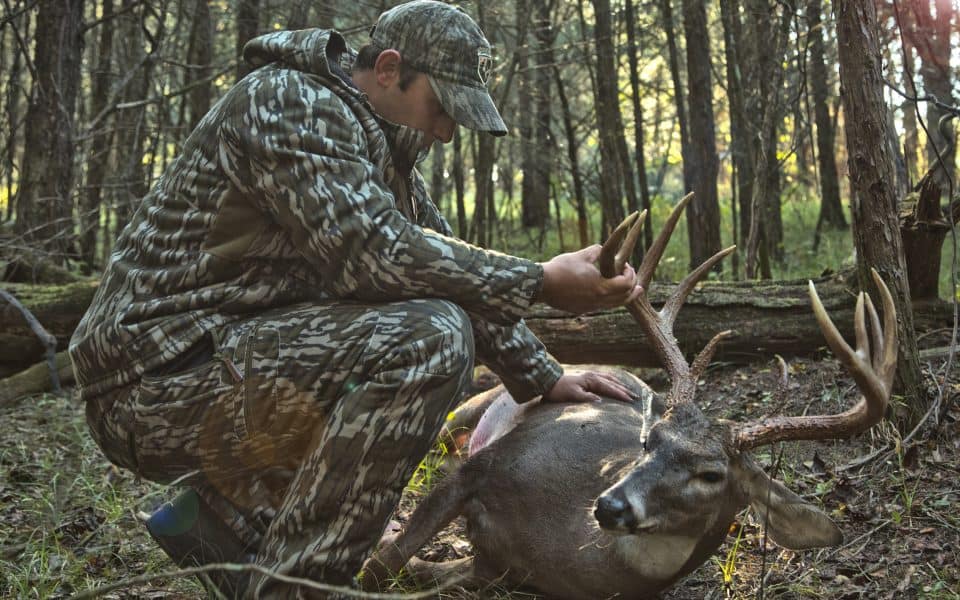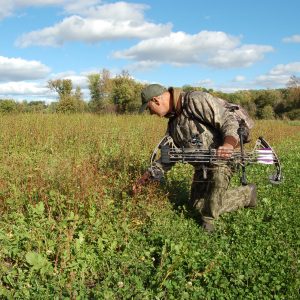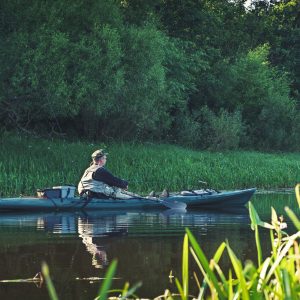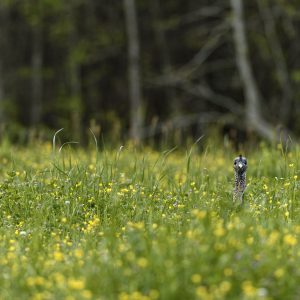Once your deer is down, the real work begins. Below are 7 tips for dragging your deer out of the woods that can make your hunt go a little easier.
There’s an old story from deer camps around the country about a game warden who comes upon two hunters dragging a deer out by the hind legs. After checking that their licenses and permits are all in order he mentions, “You know, you fellas are dragging that deer the wrong way.” The hunters quickly assess the situation, grab the hind legs, spin it around and begin dragging it in the other direction.
Whether you watch it drop or come upon it after a lengthy blood trail, there’s always a surge of excitement after reducing a deer to possession. But after the high-fives, war whoops and bear hugs subside, reality slowly sets in. Now you’ve got to get that animal back to the skinning shed, a task that can be relatively easy or extremely difficult, depending on circumstances.
Field Dress Your Deer
Folks do different things in different parts of the country, and for different reasons. Being from the northeast, I never quite understood why anyone would want to drag a deer out of the woods whole. Field dressing not only cleans and cools the deer faster, reducing potential spoilage, it reduces the weight you have to haul by as much as 25 percent. To each their own, but an empty deer is easier to haul.
Go With the Grain
As the opening passage alludes to, it’s much easier to drag a deer head first. They’re built to travel that way, especially their fur. Dragging by the hind legs, you’re going against the grain, making the job more difficult, and potentially ruining the pelt if you plan to mount the deer or tan the hide.
Take a Hold
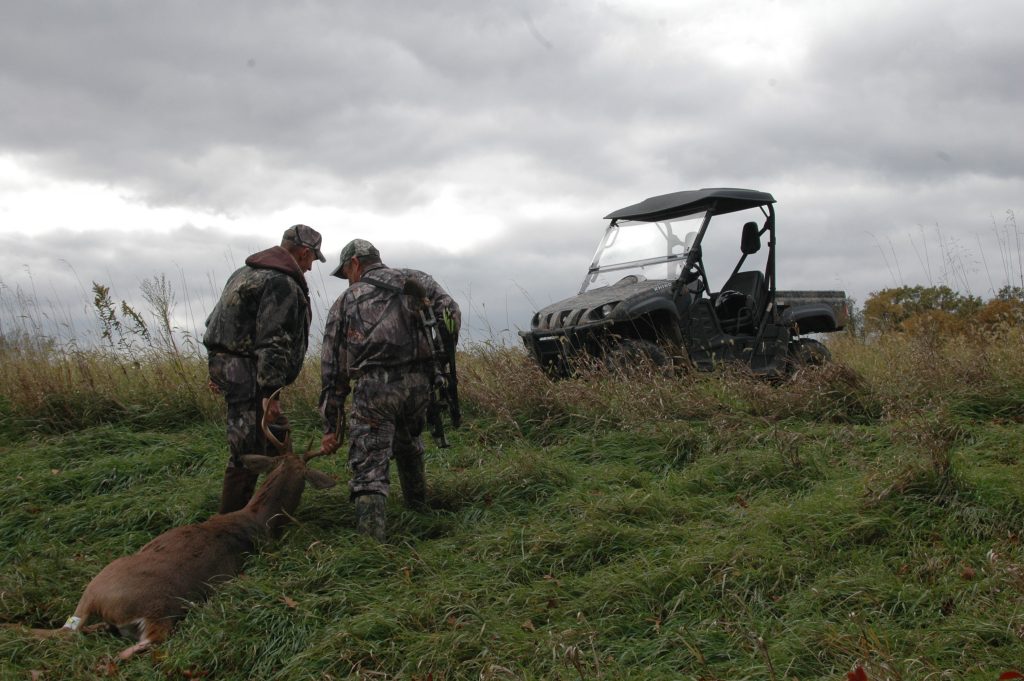
Bob Humphrey
Now we get to how you actually haul the deer, and there are several options. I like to joke that I prefer shooting bucks to does because they come with handles. It’s true; antlers make a great hand-hold for one or two people. Simply grab the antlers at the bases and start walking. Some folks will lash the front legs to the antlers. This makes the body slightly more streamlined and prevents the front legs from hanging up on stumps, roots and saplings. There are easier ways.
Most folks, especially bowhunters, hunt from elevated platforms. If you do, you should be wearing a fall-restraint harness. Not only could it save your life, or at least some costly medical bills, it also makes a handy deer drag. Cinch the tether around the deer’s head or antlers and start pulling. You may have to make adjustments until you find the right tether length so the head is slightly off the ground.
Another simple but very handy item I carry in my fanny pack is a large dowel (roughly the same diameter as a broom handle or a closet pole) and a length of rope. You can simply tie the rope on the dowel, or drill a hole in it to pass the rope through. Either way, it works. A longer handle is better for two draggers and in a pinch, you can also grab a stick or cut a sapling pole. There are easier options but in a remote situation or for a short drag, all of the above will suffice.
Slide and Roll
Even with any of the above, dragging a dead deer across bare ground can be a formidable task, especially a big one. They slide along much easier on snow. You don’t always have that luxury but even if you don’t live in snow country, a plastic sled will make the job easier. Drill a few holes along either side and bring some extra rope to lash the deer in, then mush!
An even better option is a device designed to do the job. I had a friend who used a wheelbarrow, but I far prefer my deer cart. The wheels come off and it folds up and can be carried like a backpack. Put it together, load the deer on and you can wheel it out. There’s still some grunting and groaning but wheels roll a lot easier than sleds slide.
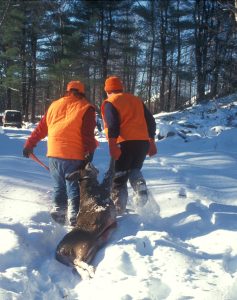
Bob Humphrey
Easy Rider
Around home we do a lot of dragging but on my annual southern sojourn I get the luxury of hunting a place with lots of two-track roads so we can usually drive to or fairly close to the deer, then simply load it on a four wheeler or in the back of a side by side or truck. If it’s a short ride, just plop it in and go. For longer rides, it’s a good idea to prop the body cavity open so the deer cools down.
Quartering Your Deer
There may be situations or circumstances where none of the above will work well. You might be a long way from the nearest road or trail. It may be especially rough or wet terrain where wheeled vehicles are impractical. Regardless, many states do not require you to take your deer out of the field whole (check local regulations). Instead, you can quarter it and pack it out one or two pieces at a time. Most any pack will work but a pack frame works better. If you plan ahead, you might also want to bring a few game bags to protect the meat.
Make a Deer Backpack
There is one other option but I wouldn’t highly recommend it. On an Anticosti Island hunt my guide lashed my deer’s legs together and carried it out like a backpack. Of course, he was 6′-6″ and 250 without an ounce of fat, and I had all I could do to keep up with him while carrying just my rifle. Still, it worked.
Conclusion
If you’ve ever considered not going too deep into the woods, or passing up a deer when you get there because it’s too far of a drag, you should reconsider. Up in the north woods where a mature buck will dress out well over 200 pounds, hunters routinely drop bucks several miles from the nearest road, and few if any ever hesitate to do so. Where there’s a will, there’s a way, and don’t be afraid to ask for help, or provide it if asked.

